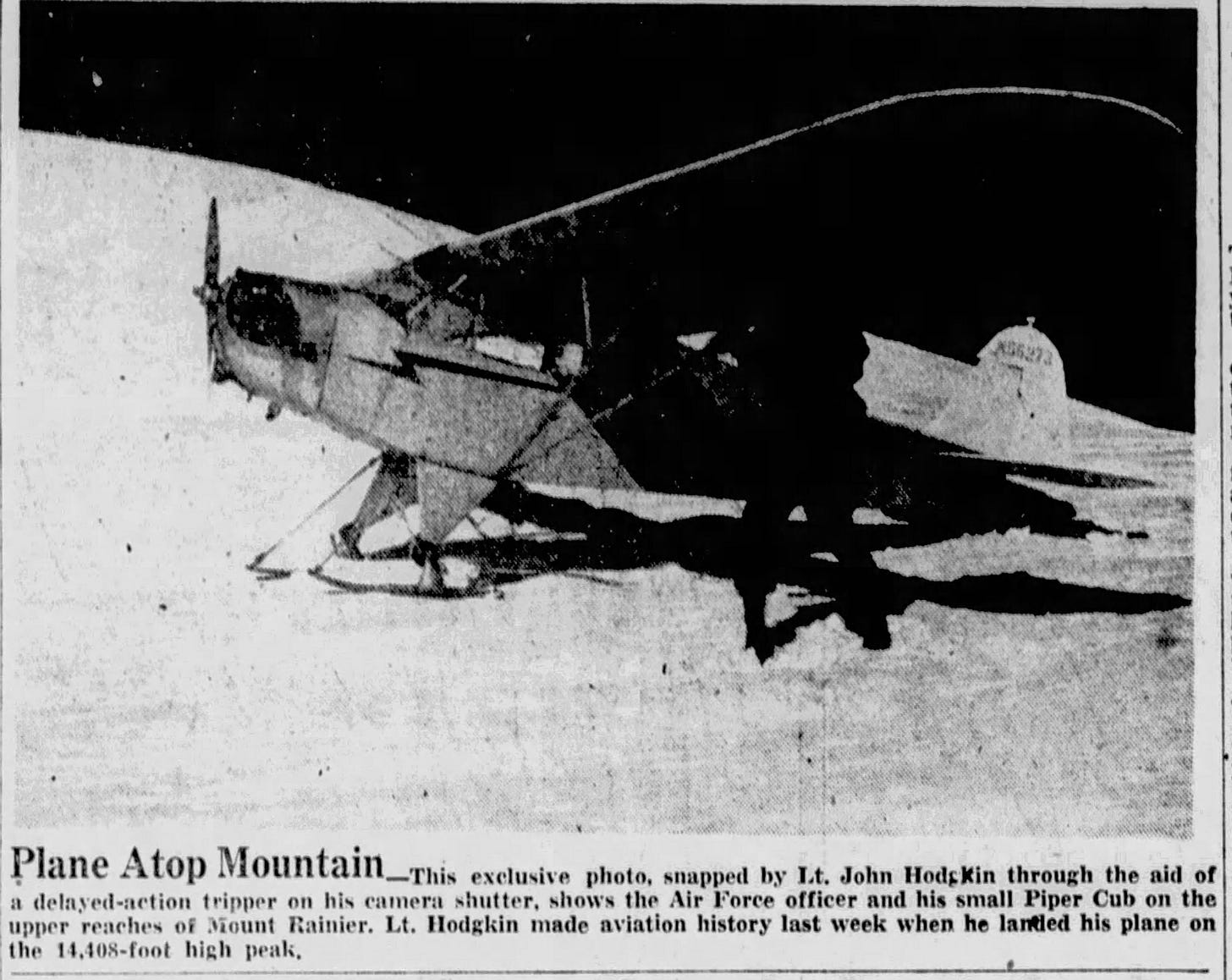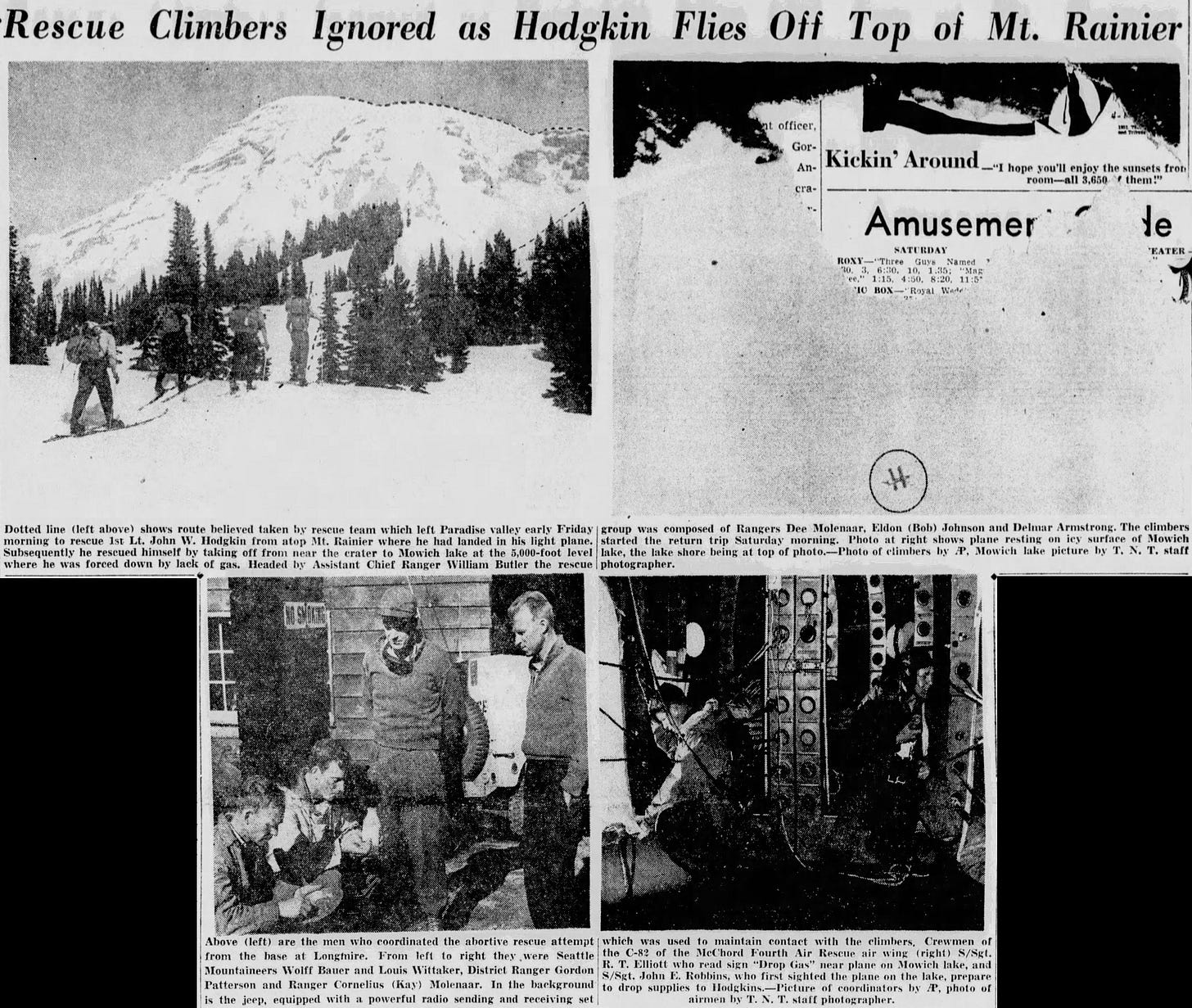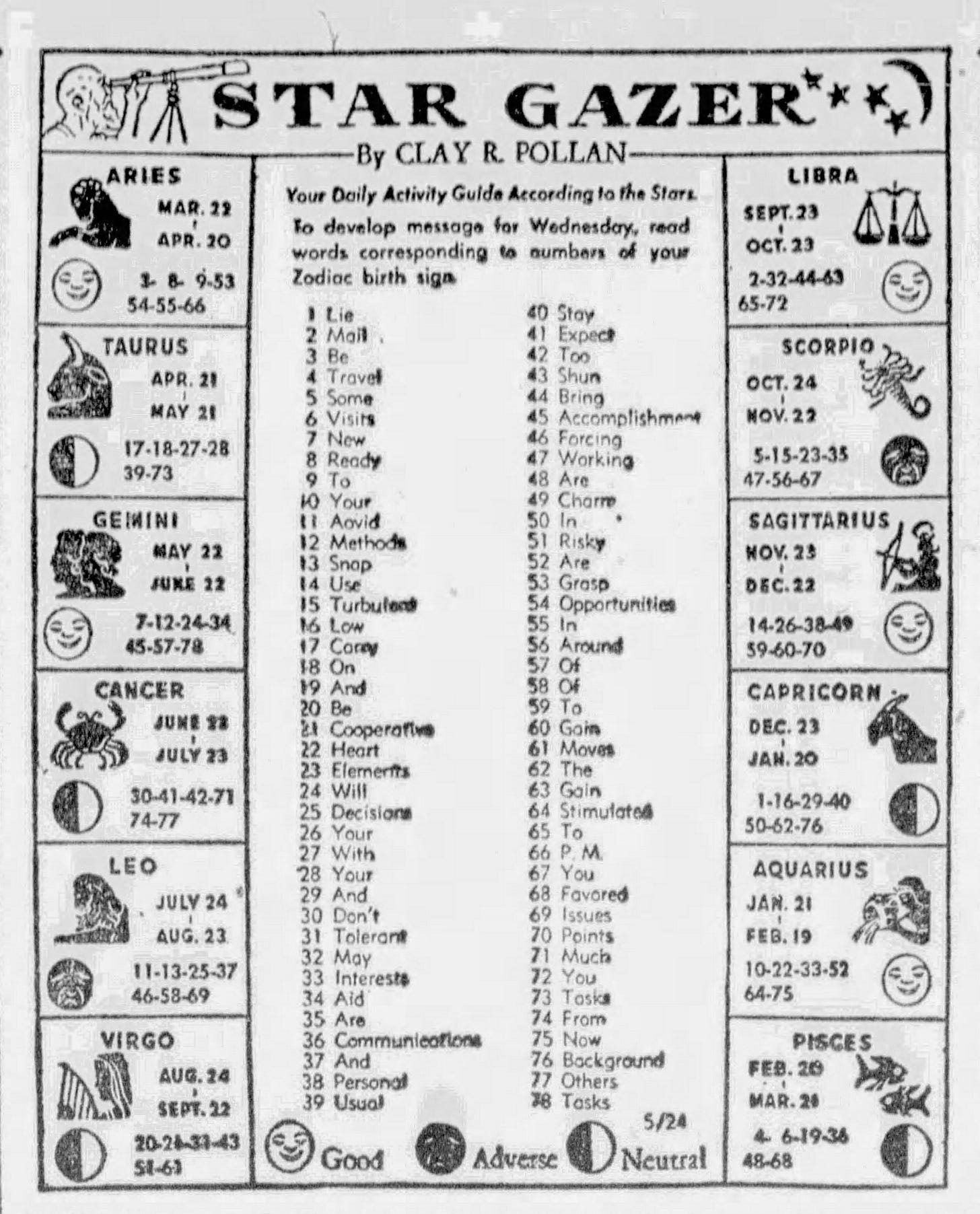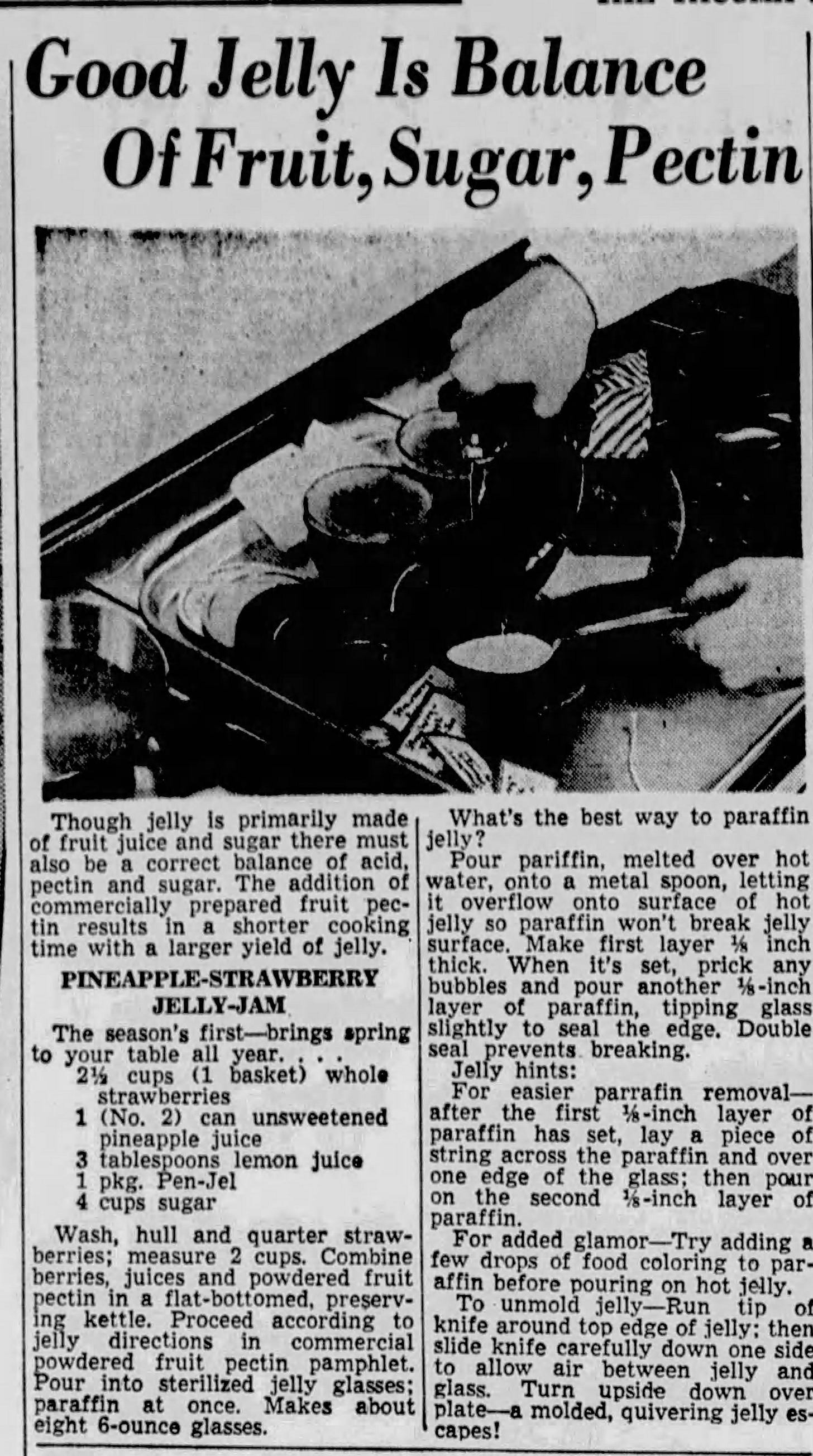On Thursday, April 12, 1951, 41-year-old Lt. John W. Hodgkin did a preflight check on his Piper J-3 Cub. Straw had been put across the runway to make it slicker. He loaded up his little two-seat plane with nearly 100 pounds of food, blankets, and camera equipment. He had a friend drag the skis he had attached to the plane by driving a car down the runway as Hodgkin took off.
He had two friends in two other planes watching. Hodgkin, a veteran pilot of WWII and the Korean War had a plan. He was going to land on the 14,000 foot summit of Mt. Rainier and then take off again. This wasn’t his first high altitude landing but it was definitely the tallest. Hodkin once wrote an article for a magazine titled “I land anywhere.”
The standard Piper J-3 Cub has an air-cooled Continental 65-horsepower engine that is rated for 11,500 feet. Hodgkin had replaced that engine with a Continental 85-horsepower engine that was rated for 15,000 feet.
Thanks to 30mph headwinds when Hodgkin landed on the Nisqually Glacier at the summit of Mt. Rainier, his plane almost immediately stopped.
Hodgkin had intended to land, take some photos to document the event, then take off again using the skis. But the engine wouldn’t start in the thin air.
While Hodgkin had brought a lot of supplies, including three comforters, he had not brought any climbing equipment and his airplane lacked a two-way radio.
When his friends in the other planes realized he wasn’t able to restart the engine, they notified authorities. As evening settled in, a rescue package was dropped by parachute but the strong winds blew it off course and Hodgkin decided that getting lost in the dark on top of the mountain while trying to find the package wasn’t worth the risk.
He tied down the plane and hunkered down, preparing for a cold night. Temperatures reached 20 below zero and the wind was relentless.
At 4:00am on Friday, April 13th, 1951 a rescue crew began ascending the mountain.
As dawn broke, Hodgkin, entirely unaware of the rescue party took matters into his own hands. He thought that perhaps he could get the engine to catch in flight given enough speed. He untied the plane, turned it around, and slid off the steep Nisqually Glacier.
Hodgkin and his plane fell 5,000 feet, but the engine would not start.
He the strong winds around the mountain allowed Hodgkin to glide. He made a dead stick landing on the frozen Mowich Lake 10,000 feet below the Summit.
When the rescue climbers arrived they found no trace of Lt. Hodgkin. A search plane spotted Hodgkin’s Piper J-3 Cub but initially thought it was another downed plane until another plane confirmed the plane no longer on the summit.
A closer inspection of the J-3 on the lake revealed that Hodgkin had stamped out in the snow: DROP GAS.
The rescue crew on the mountain were notified that Hodgkin had taken off from the summit. After their accelerated climb, they decided to camp for the night.
A little after 6pm, four five-gallon jerry cans were dropped near the lake and this time the wind didn’t blow them off course.
Around 8:30pm when they saw he had not yet taken off, they assumed Hodgkin was staying another night on the mountain.
On the morning of the April 14th, Hodgkin had drained the fuel lines and was attempting to reassemble the plane’s engine when 36-year-old park ranger, Aubrie Haines.
“You wouldn’t happen to have a wrench?” Hodgkin asked.
Haines did not, but he hiked to a lineman shack where he found a pair of cable splicers they were able to use to removed the sparkplugs which were in serious need of cleaning.
After cleaning the sparkplugs and putting them back and filling the tank with fresh fuel, Hodgkin took off from the frozen lake and landed a short time later at the Spanaway airfield.
There was some speculation as to whether or not landing on those skis on the straw was going to work. But Hodgkin landed like the plane was built for it.
Upon landing Lt. John Hodgkin had a lot to deal with. There were reporters of course. His landing and take off were a new world record for a private aircraft. But he was also in some trouble. Private aircraft aren’t allowed to land in national parks without permission.
He was also in trouble with the military. He began this stunt on his day off, but as of 8:00am Friday as Hodgkin was waking up in the near frozen cockpit of his Piper J-3 Cub, he was technical AWOL. There was talk of a court martial, but the Korean War was on and pilots were needed.
The National Parks folks weren’t nearly as lenient. They charged him and he ended up having to pay a $350 fine. No small amount in 1951.
This penalty left Hodgkin undaunted. The following year he landed on Mt. Adams, the second highest peak in Washington. This time he landed, shot some photos, and took off again a few minutes later.
Lt. John Hodgkin remains the only person ever to land a plane and take off from the summit of Mt. Rainier.
- Jack Cameron
Horoscope
Here’s your horoscope for today. Sorry Scorpios.
Wayback Wednesday Recipe
Who wants to make Jelly 1951 style?









